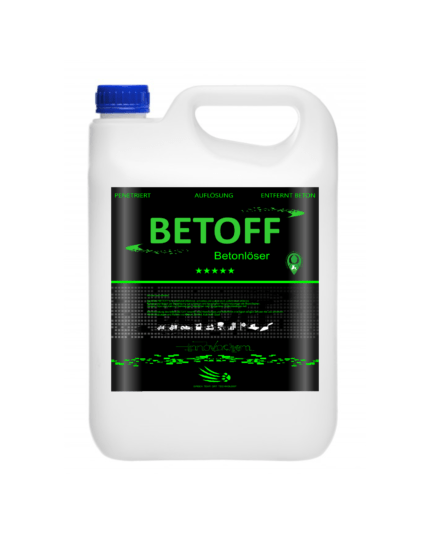Pouring concrete at low temperatures. Concrete pouring in cold weather calls for extreme caution and expert knowledge. You can pour concrete properly in cold weather if you use the advice below.
In general, concrete is not fond of frigid temperatures. Nonetheless, there exist techniques that enhance its ability to acclimate to low temperatures. What temperature is the limiting factor? According to the American Building Commission, concrete may already have issues at 0°C outdoor temperature. When pouring concrete in the winter, strength, cracking, and hardening issues are commonplace.
Pouring concrete at low temperatures. Take these precautions when pouring concrete in chilly weather.
You have undoubtedly persuaded yourself multiple times that it is worthwhile to be ready for many eventualities. The following advice will help you get ready for chilly concrete pouring conditions:
Soil that has frozen: Keep in mind not to pour concrete over ice, snow, or frozen soil. This will ensure that, when the soil softens, the concrete structure settles quickly and unevenly, which will lead to cracks. Concrete will set more slowly on colder ground, which is another issue. Uneven drying of the concrete could be detrimental to the project.
Softening frozen ground: You can use special electric blankets or construction blowtorches to soften frozen ground.
Clear the area of snow and ice: Make sure the area where you intend to lay new concrete is free of snow and ice. Additionally, remove any standing water that may be present.
Heat tools: Before pouring concrete, make sure all of your tools are clean, dry, and warm. Forms and formwork in particular need to be kept in a room with a temperature that doesn’t go below zero degrees Celsius. Moreover, you can store them inside the car rather than outside by covering them with a tarpaulin.
Lighting: Purchase some construction spotlights because, in the winter, the sun sets sooner and you never know when you’ll be able to finish pouring concrete.
Temperature differences between the concrete and the air: Keep in mind that the concrete will cool down during transportation. It may even decrease by 5°C if there is a large distance between the concrete plant and the location of the concrete pour.
Pouring concrete in a cold climate
When there’s a truly Antarctic winter outside, it can also be hard to pour concrete at low temperatures.
The act of pouring concrete in cold weather
Pouring concrete in the summer or spring is not all that different from pouring it on a frigid day. However, keep in mind these crucial pointers:
Keep an eye on the temperature of the concrete and the surrounding air by carrying a thermometer. Recall that if the air temperature is not less than 10°C, the concrete will reach the proper values.
Pouring concrete at low temperatures. It is worthwhile to make notes and document your actions, step-by-step.
Recall that you should avoid using any chemicals on newly poured concrete for at least a year afterward. I’m referring to impregnators, concrete cleaners, and other such products.
Use of accelerators, such as calcium chloride, should be avoided as this could affect the concrete’s final appearance.
Different types of joints and sealants can really cause issues throughout the winter. Don’t utilize them till springtime.
The key in this situation is the speed at which you pour the concrete to ensure that the mold has the proper pressure. If you pour concrete into molds, be aware that it may set more slowly.
What liquid can be used to remove concrete in winter?
Our liquids are able to work even at low temperatures. Each of our specialist liquids has the property of not freezing when the temperature is low. BETOFF liquid (concentrate) is able to dissolve cement and concrete in winter, because it does not freeze and does not lose its properties. The raw materials used to produce our liquids allow them to maintain their ability to dissolve even in severe weather conditions.

Check out our other articles as well:
- concrete hearth
- Wooden or concrete home?
- Applying paint on a concrete barrier
- building a pool out of concrete.
